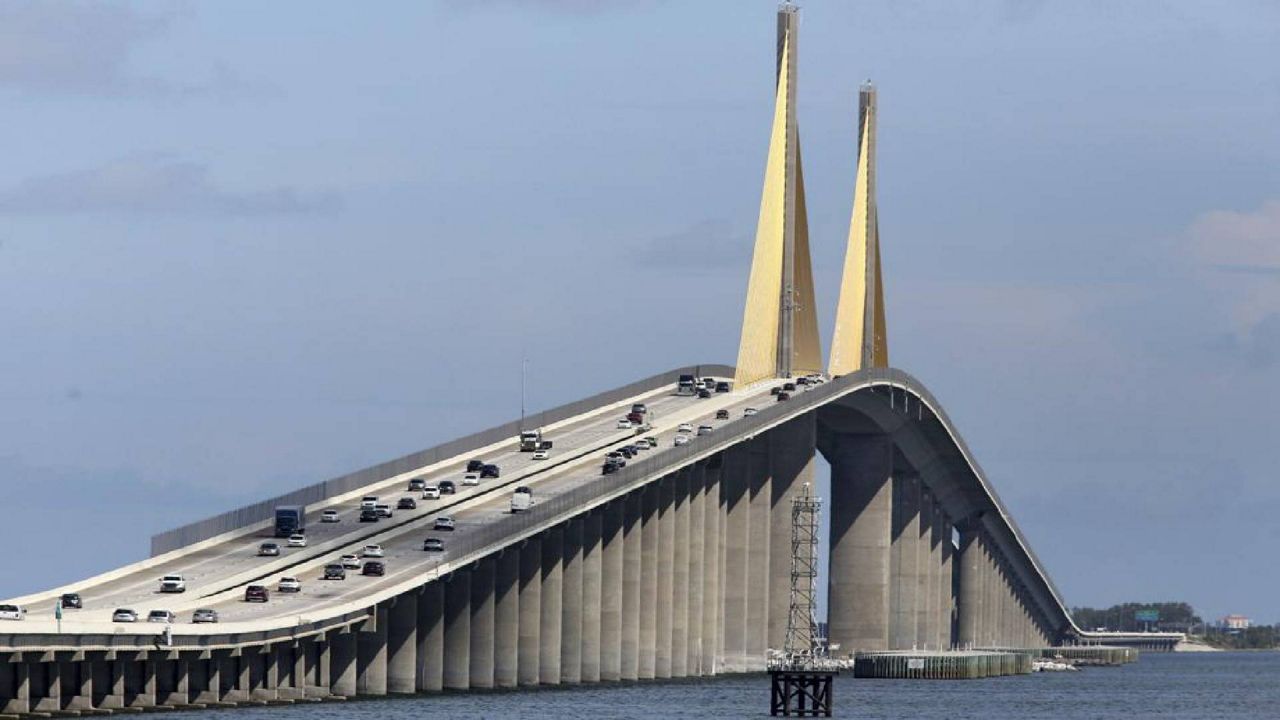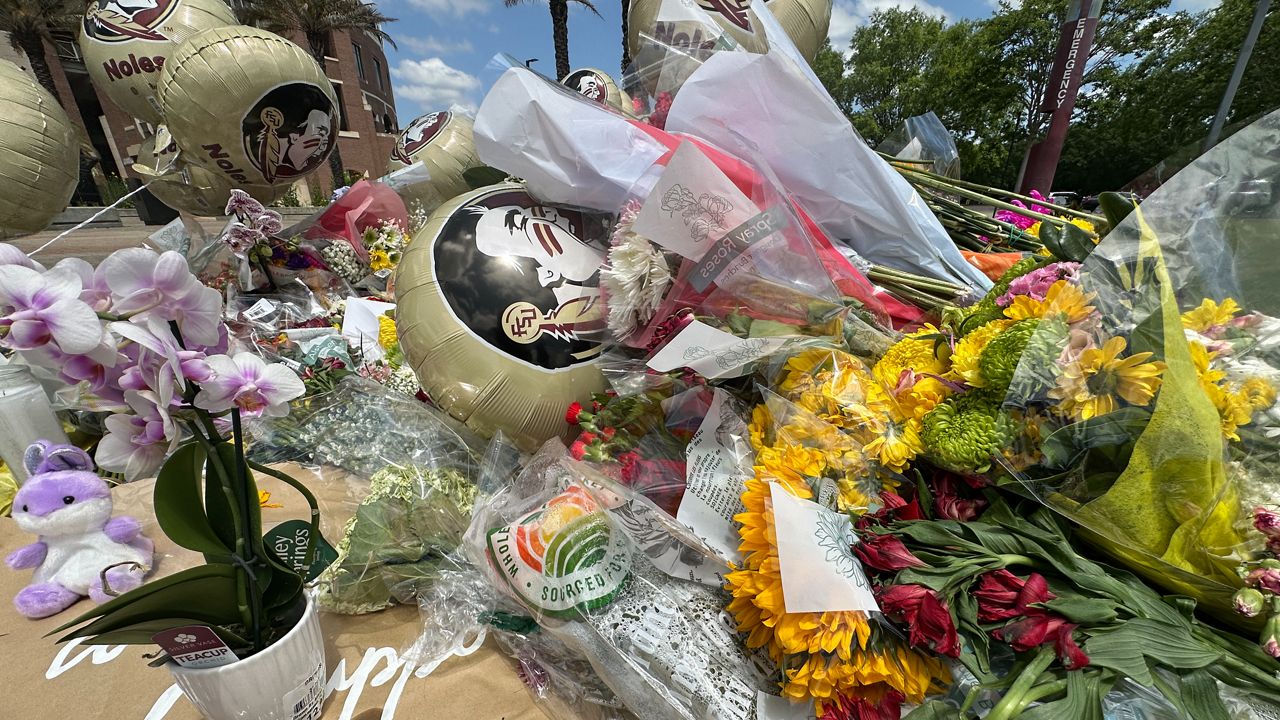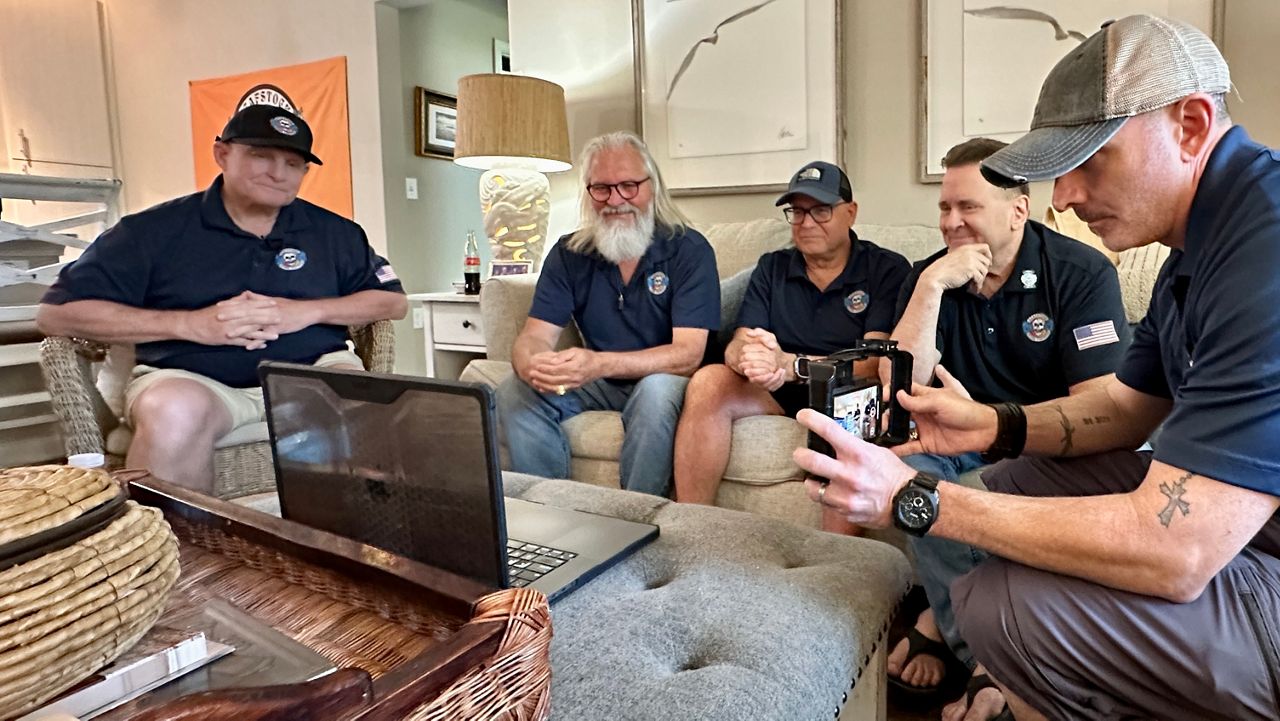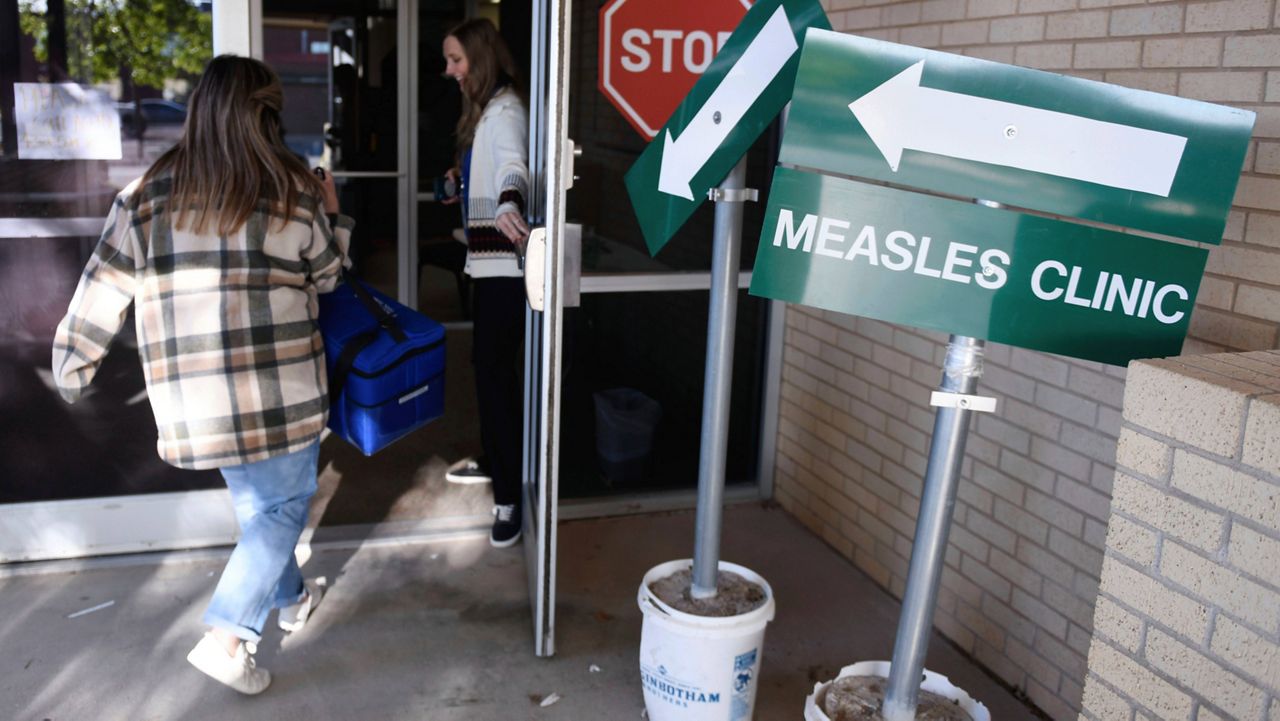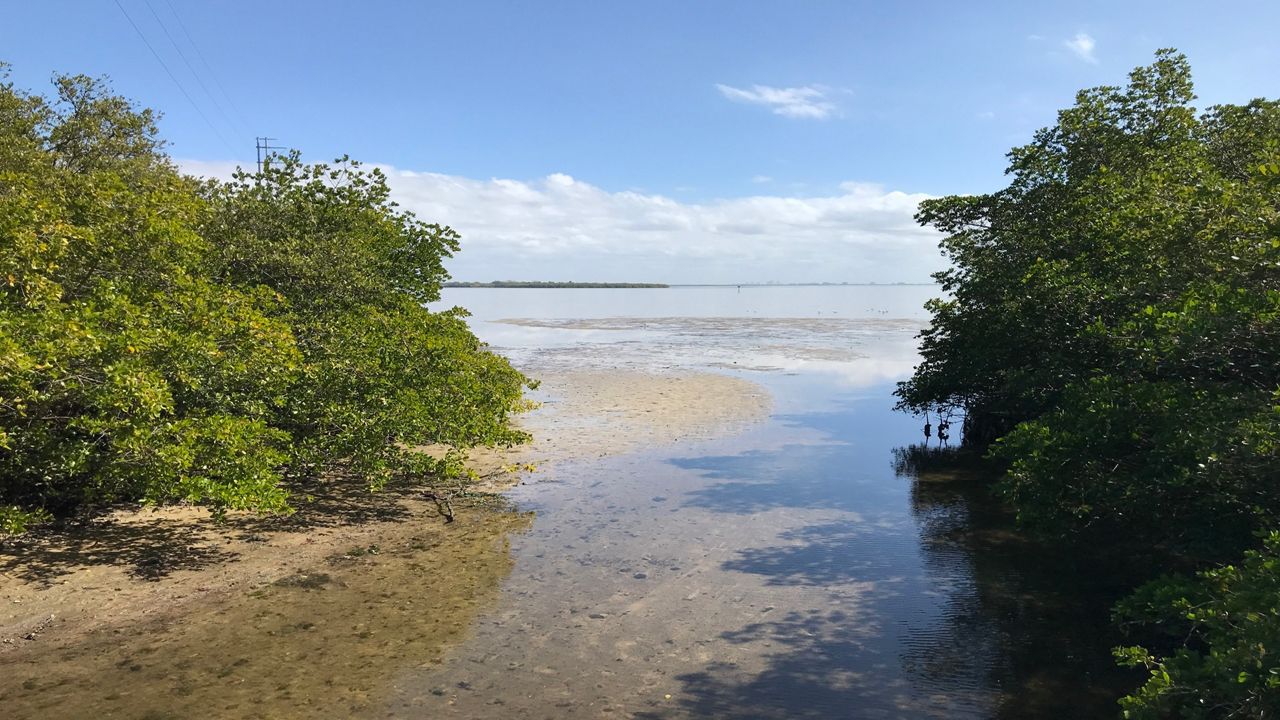TAMPA, Fla. — For decades, the Sunshine Skyway Bridge has been one of Tampa Bay’s most iconic landmarks. But the 190 foot-high peak has also drawn hundreds of people wanting to take their own life. Most who have jumped from the top of span have died. Each time, witnesses, first responders and loved ones are left traumatized.
Now, nearly a year since fences along the top of the Sunshine Skyway Bridge over Tampa Bay were completed, suicide rates have decreased dramatically.
What You Need To Know
- The Sunshine Skyway Bridge is one of Tampa Bay's most iconic landmarks, but it also draws in many people wanting to take their own life
- A fence was built in to prevent suicides on the bridge, and the rates have dramatically decreased
- Six phones that connect to the Crisis Center of Tampa Bay's suicide hotline were installed in 1999 along the bridge, as well as red signs to also let people know that help is available
- As of 2019, suicide was the tenth leading cause of death overall in the United States, claiming the lives of over 47,500 people, according to the Centers for Disease Control and Prevention
Since the fence was completed on June 23, 2021, there have been four people who have still managed to jump off the Skyway bridge and died.
“It’s been an effective solution to help eliminate this problem,” Florida Highway Patrol spokesman Sgt. Steve Gaskins told the Bradenton Herald.
Before the installation of the safety fence, suicides from the Bob Graham Sunshine Skyway Bridge averaged between 12 and 15 a year.
“There are many people who are struggling with their thoughts and feelings, and we encourage anyone who is struggling with thoughts of suicide to reach out for help,” said Ken Gibson, a spokesman with the Crisis Center of Tampa Bay.
The stainless steel, diamond-patterned safety fence is nearly 11 feet high. The fence extends on each side of the span, to where the bridge is only about 50 feet above the water. The opening between the northbound and southbound spans does not extend higher toward the top. Over the years, state agencies have done other things to prevent people from jumping off the bridge.
Six phones — that connect directly to the Crisis Center of Tampa Bay’s suicide hotline — were installed in 1999 along the top of the span. Red signs also let people know that help is available, encouraging them to pick up one of the phones.
The Florida Highway Patrol also patrols the bridge 24/7, and cameras at the top of the bridge are monitored. Pedestrian and stopped vehicle detectors were also installed by the Florida Department of Transportation in an effort to reduce response time when someone parks on the bridge.
May is designated Mental Health Awareness Month nationwide. As of 2019, suicide was the tenth leading cause of death overall in the United States, claiming the lives of over 47,500 people, according to the Centers for Disease Control and Prevention. For people between 10 and 24, it’s the second leading cause, and ranks fourth for those 35-44.
In 2019, “There were nearly two and a half times as many suicides (47,511) in the United States as there were homicides (19,141),” the National Institute of Mental Health says on its website.As part of a regular column, Manatee County District 4 Commissioner Misty Servia this week stressed the importance of mental health in our community.
“There is no shame in asking for help from a professional,” Servia said. “In honor of Mental Health Awareness Month, let’s all work together to remove the stigma of mental health challenges and silence the shame by acknowledging that life is hard and it’s okay to reach out for help during those hard moments.”
NEED HELP? If you or someone you know is considering suicide, please call the National Suicide Prevention Lifeline at 1-800-273-TALK (8255) for confidential support and direction to helpful resources. Help is also available online by visiting: suicidepreventionlifeline.org. The Crisis Center of Tampa Bay can also be reached by dialing 2-1-1. or online at crisiscenter.com.





